
UDK: 616.314.19-08
N.N. Trigolos, N.N. Yaroshenko, N.V. Piterskaya, I.V. Starikova, E.M. Chaplieva
ФГБОУ ВО «Волгоградский государственный медицинский университет» Министерства здравоохранения Российской Федерации, кафедра терапевтической стоматологии
1800 pre-made cone beam computed tomograms (CBCT) were examined, of which 202 CBCT were selected. It was revealed that a prevalence of three-rooted mandibular first molar was 2,5 %, second molars – 4,5 %. First molar supernumerary root was always distolingual root (radix entomolaris). Second molar supernumerary root was distolingual root in 2,5 % (radix entomolaris), in 2 % mesialbuccal root (radix paramolaris)., The prevalence of double-root in the mandibular first premolar was 2 %, in the second premolar was 1 %, in the mandibular canines was 5 %, the bifurcation was located in the apical and middle third root canals of canine and premolar, which makes endodontic treatment of such teeth as difficult as possible.
cone-beam computed tomography, mandibular molar, mandibular premolar, mandibular canine, supernumerary roots, radix entomolaris, radix paramolaris.
Питерская Наталия Валерьевна – к. м. н., доцент кафедры терапевтической стоматологии, Волгоградский государственный медицинский университет, e-mail: Piterskij.k@yandex.ru